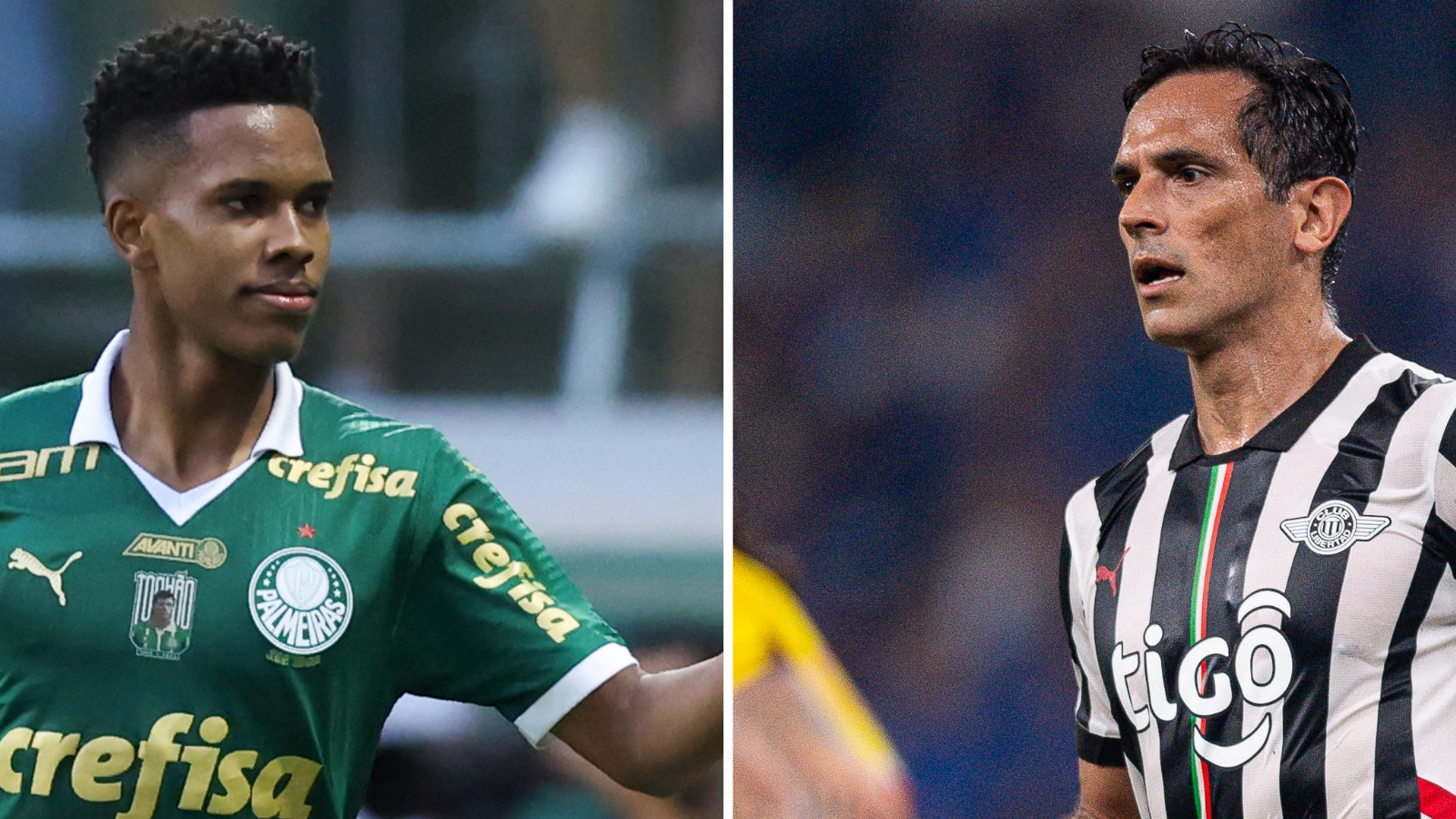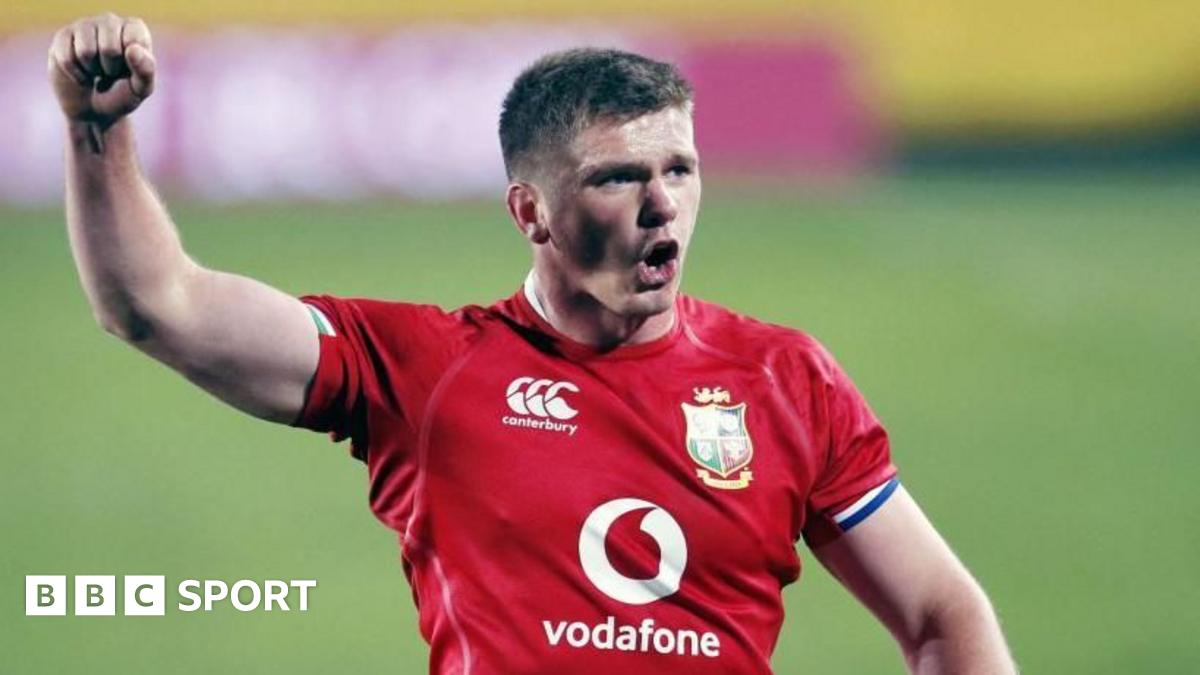 Image source, Getty Images
Image source, Getty Images
Estevao (left) will join Chelsea later this summer, while former Manchester City forward Roque Santa Cruz is still going strong at the age of 43
Tim Vickery
South American football writer
The 66th edition of the Copa Libertadores, South America's Champions League, kicks off on Tuesday with the start of the group phase.
Over the next two months, 32 teams will be whittled down to the last 16, with the knockout phase coming to a close with a one-off final on 29 November. The venue is yet to be decided, but it is likely to be either Brasilia, capital of Brazil, or the Uruguayan capital of Montevideo.
With the European Champions League reaching the business stage, it is easy to overlook the Libertadores - but the South American competition is full of a fascination all of its own.
As fans all over the continent are fond of chanting, the Copa Libertadores is an obsession, so here are a few things to look out for as, from Argentina to Venezuela, the action gets under way.
Can anyone stop the Brazilian domination?
In the early years of the competition Uruguay were the leading force, and then came decades of Argentine dominance.
But the recent years have belonged exclusively to Brazil.
The past six editions have been won by Brazilian clubs, with the country providing both of the finalists in four of those years. This level of domination is unprecedented.
The financial gap between Brazil and the rest of the continent is growing, and the clubs are using it to snap up players from elsewhere around the continent. Big hitters such as Flamengo and Palmeiras might well field as many as five foreigners in their starting line-up.
And here is an extra reason for Argentina to worry: their clubs have won the title 25 times, while Brazil have now pulled up to 24. This, then, is the year when Brazil are likely to pull level.
Can they be stopped? At least the field looks tougher than in recent years.
As well as four-time champions River Plate, Argentina has Racing and Estudiantes, who look strong, plus the rising force of Talleres from Cordoba.
Colombia's Atletico Nacional look better than any time since they last won the trophy in 2016, and the two countries who have been punching highest above their weight are also well represented - Paraguay with the traditional trio of Olimpia, Cerro Porteno and Libertad, and Ecuador with LDU (or Liga de Quito), Barcelona (who eliminated Brazilian giants Corinthians in the qualifying round) and the ever-fascinating Independiente del Valle.
So perhaps there are grounds for thinking that this year might prove more competitive, especially because of a new factor...
What impact will the Club World Cup have?
Fifa's new competition is not considered an inconvenience in South America. Instead, doing well in the Club World Cup is a priority.
Brazil has even changed its calendar to accommodate the new tournament. And for those teams taking part, there is prestige and money to win - but there is also a price to pay.
The South American calendar - and in Brazil more than anywhere else - is already very cluttered. Now River Plate of Argentina plus the current big three from Brazil - Flamengo, Palmeiras, Botafogo - will be pushing themselves to the limit in the intense heat of the North American summer during June and July. Meanwhile, their rivals will be enjoying some much-needed rest.
This is bound to have some effect. Those taking part in the Club World Cup will be fighting on so many fronts that it will not be easy to administer their efforts - offering a glimmer of hope that this year's Libertadores might be harder to predict.
A stage for the up-and-comers
It was early in the group stages of last year's Libertadores that Palmeiras gave a first start to a teenage winger called Estevao.
He was off to a flyer, scoring against Liverpool of Uruguay - and making it very clear that he had the talent to be taking on a much bigger club of the same name. And soon that will be happening, as after the Club World Cup he joins Chelsea.
These are the last few months for South American crowds to appreciate the most talented Brazilian prospect since Neymar.
The Libertadores gave him a stage to move within a few months from promise to reality, a senior Brazil international on his way to the Premier League. Can anyone make a similar impression in 2025?
Ecuador's Independiente del Valle are always worth watching. The club, from the outskirts of Quito, have made a name for themselves in the past 15 years as specialists in youth development.
Chelsea's Moises Caicedo is one of their graduates - and he will soon be joined at Stamford Bridge by playmaker Kendry Paez, a type of Ecuadorian Phil Foden. These are his last few months in South America, and it will be fascinating to see his progress.
A first-team player at 15, a senior international at 16, Paez has endured a difficult few months as he struggles with the new demands. But the potential is undeniable.
Last week, Ecuador gave a start to 17-year-old Darwin Guagua in World Cup qualification - before he had even made his debut for Independiente del Valle. He, and many other youngsters, will be striving to catch the eye over the next few months.
And at the other end of the scale...
The coach of Paraguayan club Libertad has a dilemma at centre-forward.
Does he select the former Premier League striker Roque Santa Cruz, now 43? Or should he go with the more youthful option - one time Benfica target man Oscar Cardozo, now 42?
Last year, the coach taking that decision was only 27!
Ander Herrera will not be laughing at the age of opposing strikers - the Libertadores adventure of the one-time Manchester United midfielder ended early.
Together with ex-Old Traffordites Marcos Rojo and Edinson Cavani, Herrera's Boca Juniors were eliminated in the qualifying round by Alianza Lima of Peru, who switched up front between Argentine centre-forward Hernan Barcos, 40, and Peru's all time top scorer Paolo Guerrero, 41.
From adolescents to veterans, there is a place for everyone in South America's Copa Libertadores.

 Movie
Movie 3 months ago
79
3 months ago
79 





![Presidents Day Weekend Car Sales [2021 Edition] Presidents Day Weekend Car Sales [2021 Edition]](https://www.findthebestcarprice.com/wp-content/uploads/Presidents-Day-Weekend-car-sales.jpg)



 English (United States)
English (United States)